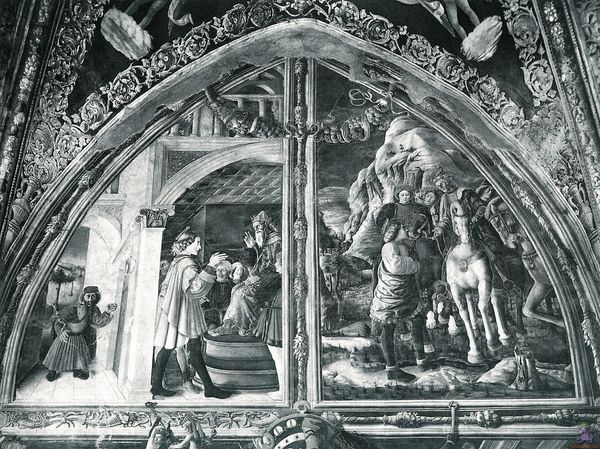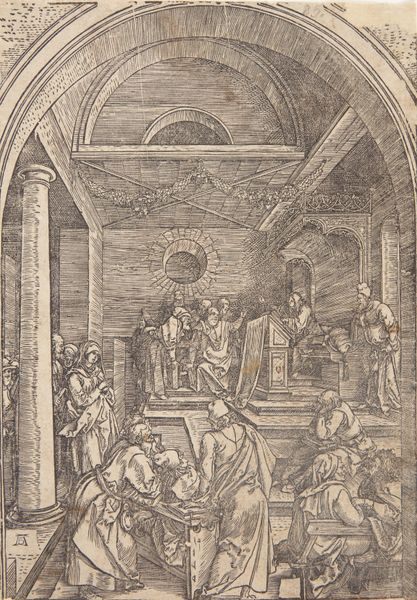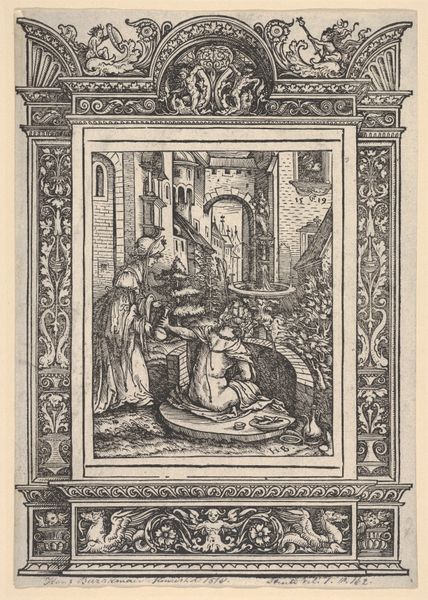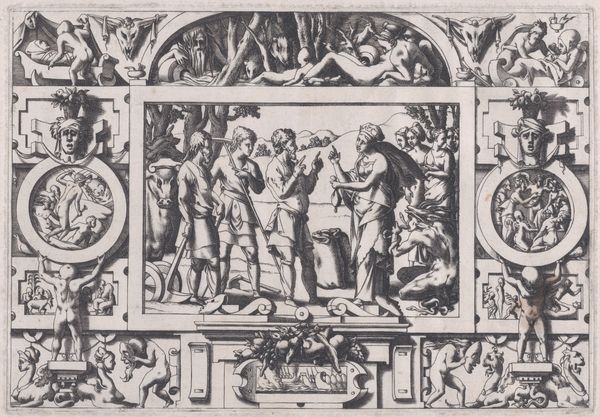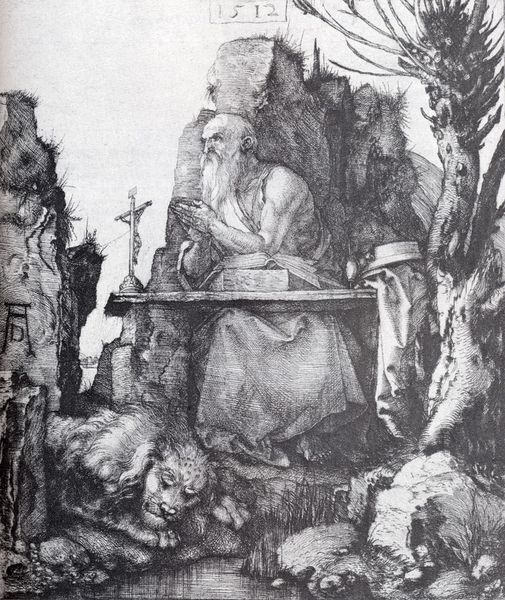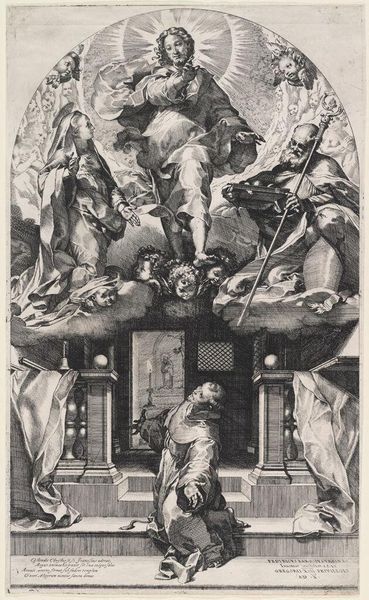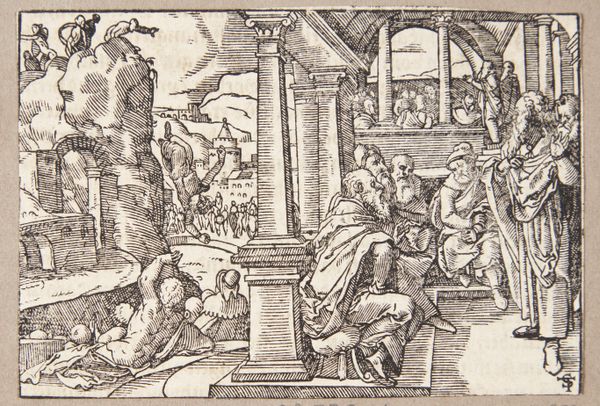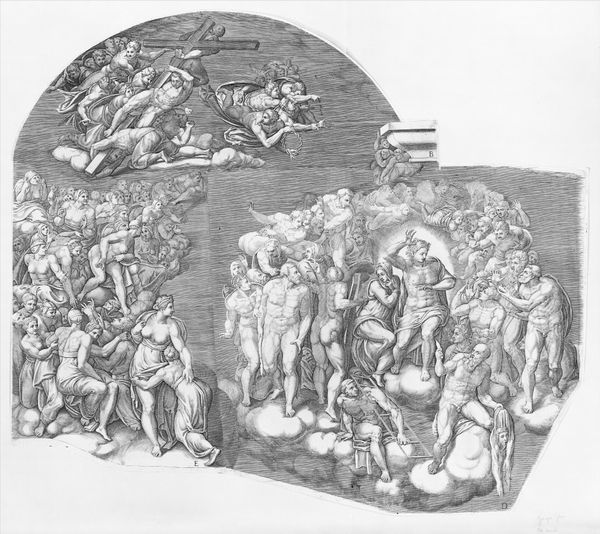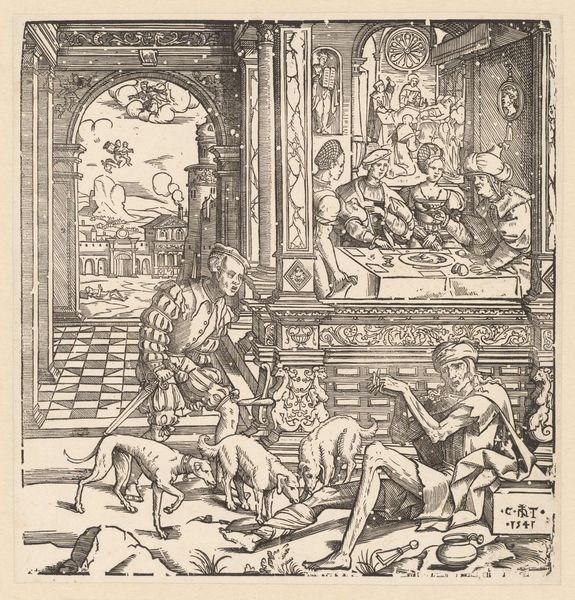
The Calling of Sts James and John; The Preaching of St James (Scenes from the Life of St. James) 1457
0:00
0:00
andreamantegna
Destroyed
painting, fresco
#
portrait
#
high-renaissance
#
painting
#
sculpture
#
holy-places
#
fresco
#
group-portraits
#
christianity
#
history-painting
#
italian-renaissance
#
christ
Copyright: Public domain
Andrea Mantegna painted "The Calling of Sts James and John; The Preaching of St James" as part of a fresco cycle, sometime before the work was destroyed. Mantegna, a leading artist of the Italian Renaissance, was deeply influenced by classical antiquity, which shaped his approach to perspective, and his interest in civic humanism. Originally located in the chapel of the Ovetari family, the fresco depicted scenes from the life of St. James, and served as a testament to faith and a display of wealth. However, the destruction of the chapel during World War II imbues the remaining black and white photographs of the frescoes with a layer of historical complexity. We’re left with images of images, traces of a lost history, and a stark reminder of cultural fragility. Consider the ways in which religious narratives have historically been employed to shape identity and social order. In the fresco, Mantegna used the visual language of the church to speak to its community. Today, we might ask ourselves, who gets to tell these stories, and how do they shape our understanding of ourselves and our place in the world?
Comments
No comments
Be the first to comment and join the conversation on the ultimate creative platform.
